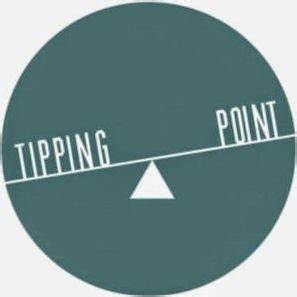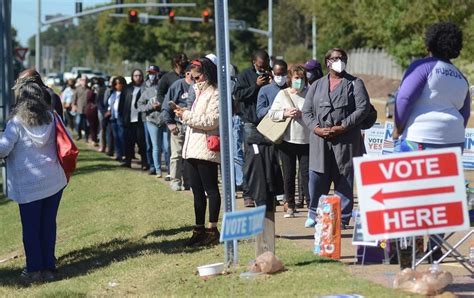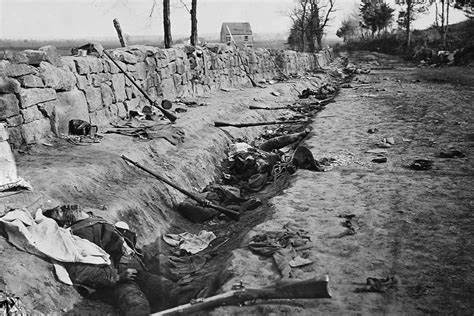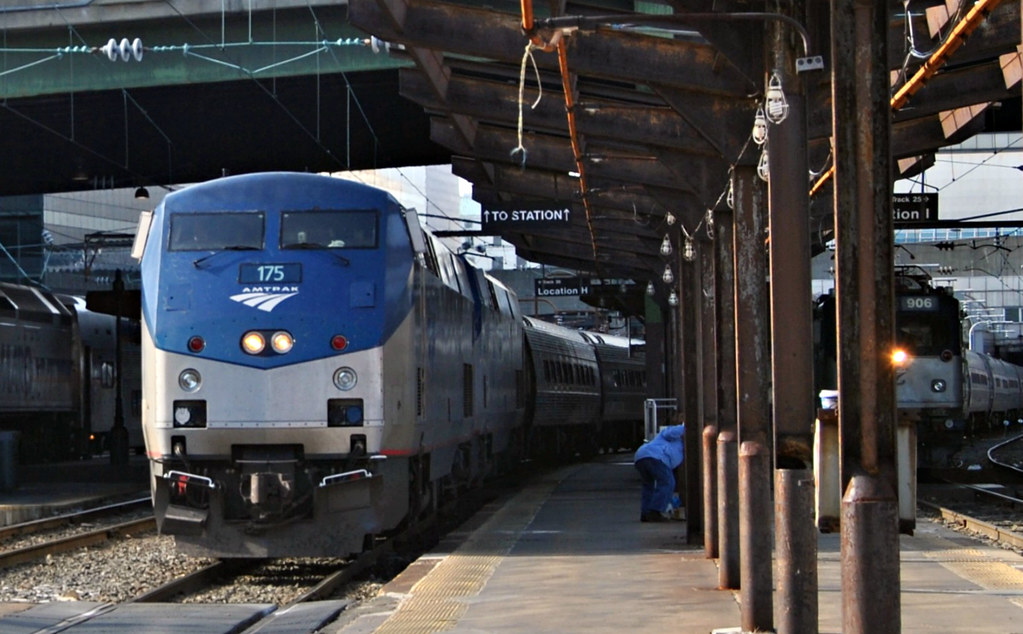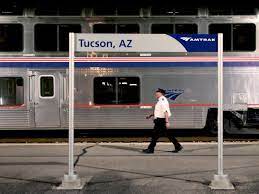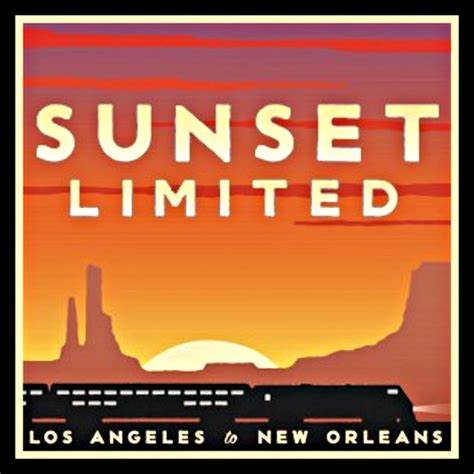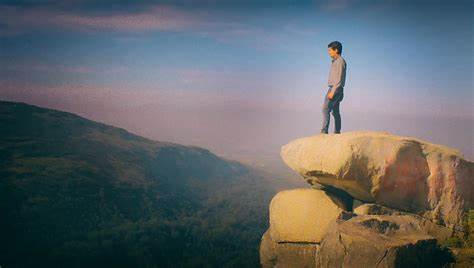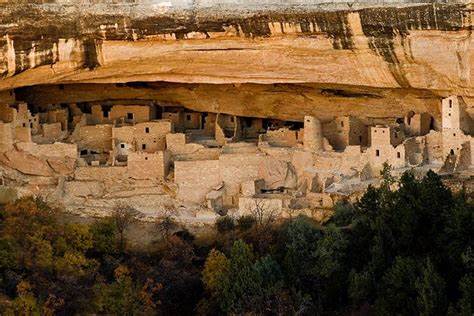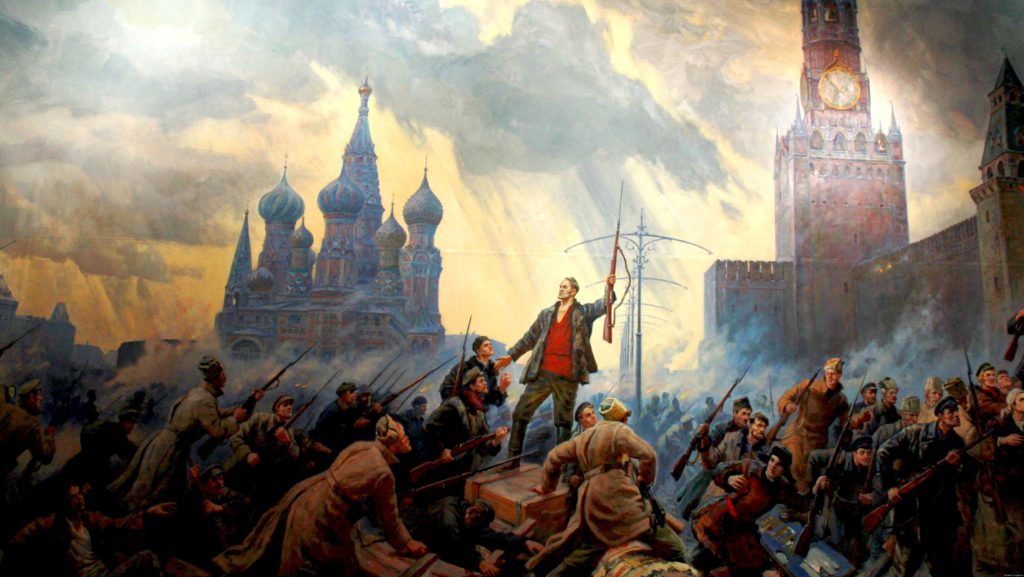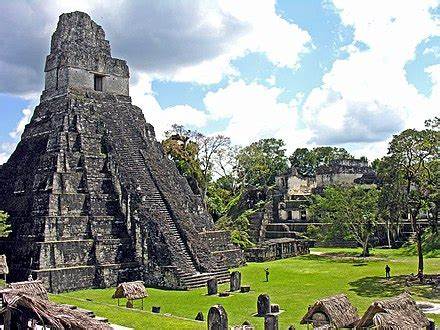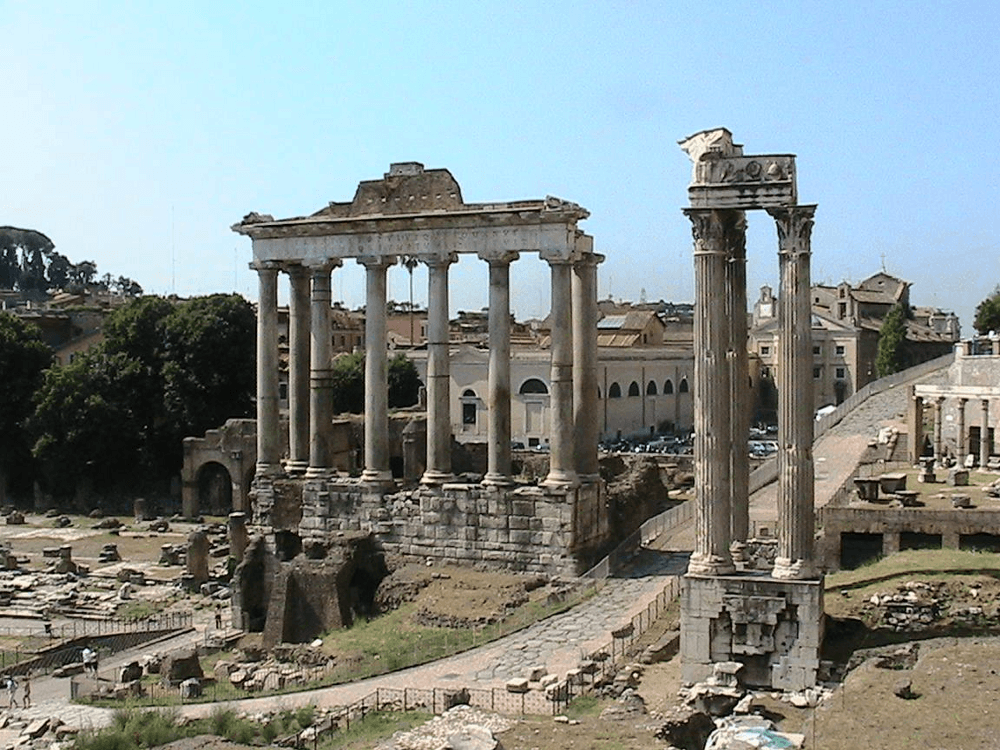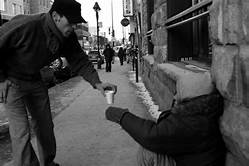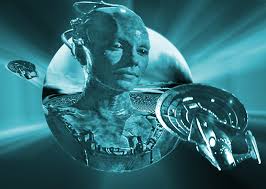
Let it be known. I am a Star Trek fan–not the biggest one, but I truly respect the series in most of its TV and movie versions. There have been a few I had no interest in, and I made the judgment that when Gene Roddenberry died, the quality would fall short in vision and values in favor of more contemporary and popular storytelling on the big screen and the small as well.
In my opinion, there has been a resurgence of the iconic franchise in recent years. And that comes with an increase in content. ViacomCBS rebranded the huge entertainment corporation into Paramount+ in 2019, and they controlled the rights of Star Trek. They began to direct new Star Trek content onto Paramount+.
Picard
Jean-Luc Picard is one of Star Trek’s most compelling characters, played admirably by Patrick Stewart. As you probably know, he is an English actor with a stellar British accent even as he plays a Frenchman. That is of little concern since characters from many countries and cultures today are depicted by actors with British accents.
In this series, we find Picard to be a retired Admiral living out his days on his long-held family vineyard in France. He has a low-key, idealistic life with a staff that includes a Romulan couple who are dear friends as well as assistants. Circumstances present themselves which pull him back into Starfleet circles. Changes in perspective and protocols make it clear his views and warnings are not to be universally heeded without resistance.

Other Characters
The series, which could easily be concluded with the two seasons in the can, is a blend of cutting-edge new content and characters with revived story lines and older, familiar faces. Alison Pill as Agnes Jurati, Isi Briones as Soji, Michelle Hurd as Rafaella, and Santiago Cabrera all emerge as new characters with strong performances in their roles.
It’s a real treat to see old favorites such as Jonathan Frakes as William T. Riker, Jeri Ryan as Seven of Nine, Brent Spiner as Data, LaVar Burton as Lt. Commander Geordi La Forge, and John DeLancie as Q. All of the series stars who made appearances in this new series were skillfully integrated into the current story with quality contributions. Jeri Ryan was particularly dynamic in her substantial showing.
Story Arc
The series begins at the end of the 24th Century, 14 years into Picard’s retirement. A mysterious young woman visits him in seek of help. He realizes she may have connections to his past. He looks for answers from Starfleet, but his queries are met with silence for the most part.
He learns the young woman, Dahj, is a synthetic (android). He thinks Dahj may have been created to be a daughter by his old friend Data. Picard feels obligated to protect her, but she is eventually assassinated, possibly by a secret Romulan organization whose mission is to kill all synthetics. It appears Dahj may have had a twin sister. Picard feels he must locate her, for her life may be in danger as well.
He hires a ship and assembles a crew. Back to space for Picard. Challenging and deadly encounters come with the developing plot. There’s no shortage of action in the twists and turns of the ensuing and rewarding episodes.
Season Two begins with a threat from the Borg Queen, perhaps the only remnant of the vanquished Borg empire. She becomes a key figure in this season as she manages to worm her way into minds of humans once again.
Meanwhile, Picard is being led to confront reasons for his inability to totally give of his heart. Q intervenes in the Borg ship attack and transports the entire crew plus the Queen to 2024 Earth. It seems he wants to teach Picard one last lesson.
For me, every episode of the series is of feature film quality. I enjoyed them all and came away satisfied.
The Wrap
Picard the series isn’t perfect. There are a couple plot holes such as the one where a couple characters comment on how they don’t know how to handle money. The vehicle of having crew members be faced with life in our present-day civilization may have been done too many times. Some may feel a few loose ends may not have been tied up. To me, the flaws are minor and shouldn’t be allowed to ruin your experience.
My expectations were met because the story lines were sufficiently complex without being confusing, the effects were excellent, and philosophical plus social issues are addressed satisfactorily. I respect Star Trek’s history of taking the high road in the future of humanity. I have hope it will continue.

